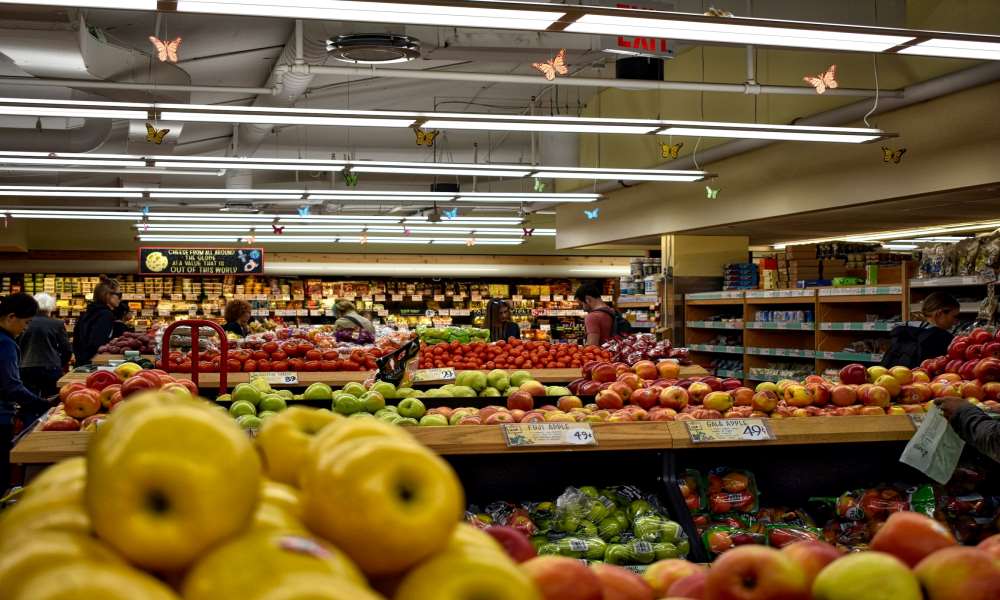Price monster will remain hungry
The prevalence of crisis or above-crisis level food-based coping strategies in Namibia currently stands at 32.52%, according to the Global Alliance for Food Security’s (GAFS) Global Food and Nutrition Security Dashboard.These strategies include dietary change, an increase short-term household food availability, decrease numbers of people eating together and rationing strategies.
GAFS also reports that Namibia’s current prevalence of insufficient food consumption, poor and borderline food consumption score is 11.91%.
According to the Namibia Statistics Agency (NSA), food inflation in the country rose from 5.8% in January 2022 to 12.1% at the end of last year. Annual overall food inflation for 2022 was 7.78%, compared to 6.04% the previous year and 5.45% in 2020.
Inflation for bread and cereals in Namibia started at 3.9% in 2022, ending the year at 18.2%. In 2021, the corresponding rates were 2.5% and 2.7%, respectively.
RISK BAROMETER
According to the Allianz Risk Barometer 2023, macroeconomic developments such as inflation or economic and financial market volatility were rank as the third top risk for companies globally in 2023 (25%), up from number 10 in 2022 – the first time this risk has appeared in the top three for a decade.
It rose to third from seventh in Namibia and ranks as a top three risk in Burundi, Ghana, Ivory Coast, Madagascar, Mauritius, Morocco, Namibia, Nigeria and Tanzania.
PSG Namibia expects food price inflation in the country to peak in the first quarter of 2023 before subsiding during the rest of the year.
The elevated global maize price and Namibian dollar weakness will keep upward pressure on food price inflation in 2023. “Based on the above factors, weaker domestic demand, and higher interest rates, we expect the average inflation rate to moderate to 5.0% this year,” PSG said.
Moreover, Simonis Storm maintain the view of observing persistently lower inflation rates going forward into 2023. Lower petrol prices will be the main driving force in lowering headline inflation in Namibia, followed by a stronger rand during first quarter of 2023 and continued supply chain pressure easing. – Additional reporting by Phillepus Uusiku



